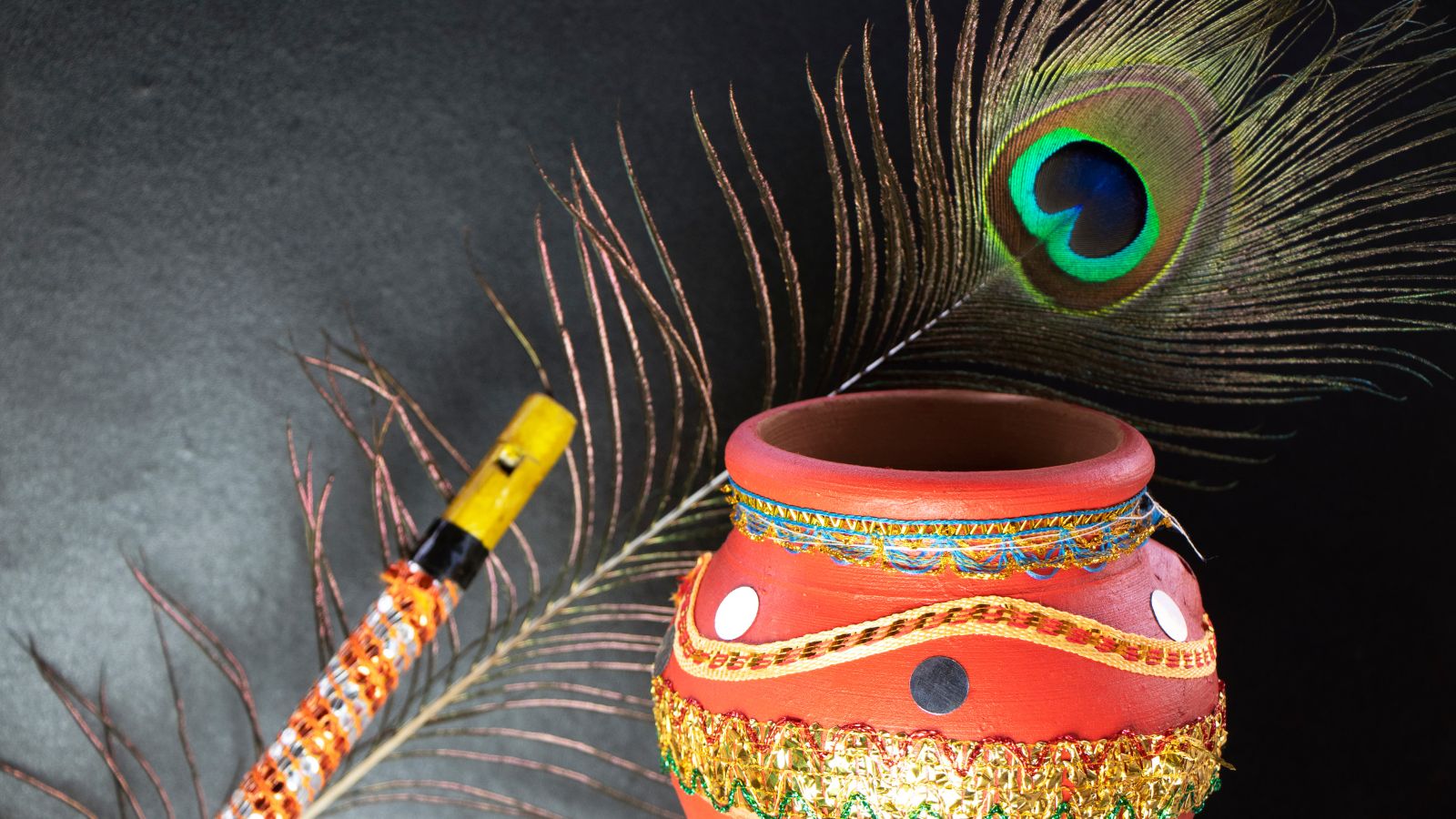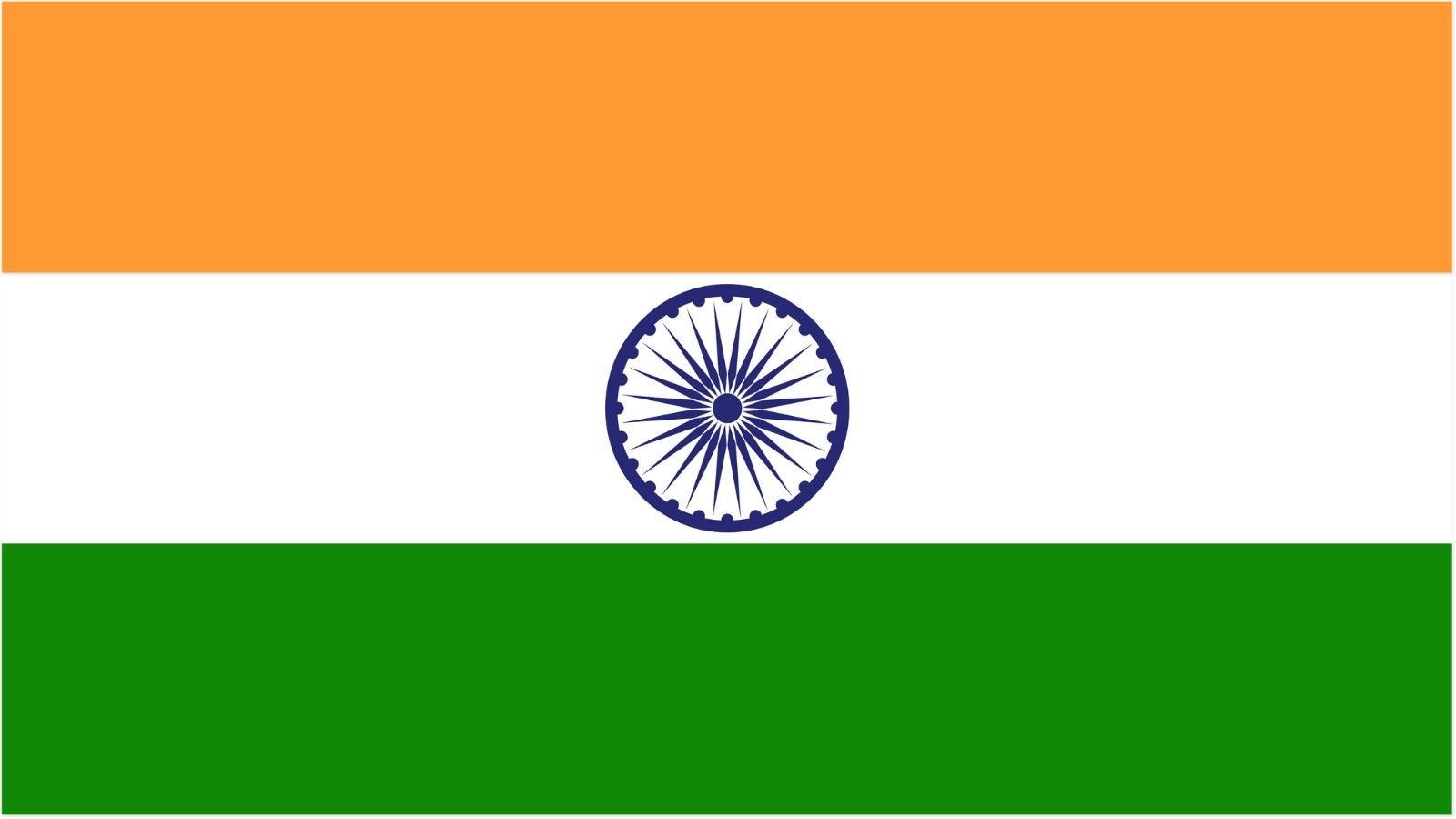Janmashtami is a festival that celebrates the birth of Lord Krishna. On this day, a special spread of items known as Chhapan Bhog becomes an integral part of the celebrations. What is this spread, and what is its significance?
The origins of Chhapan Bhog
Chhapan Bhog traces its roots to the Braj region, where Krishna spent his early life. Braj consists of places—such as Mathura, Brindavan, Gokul, Govardhan, Nandgaon, Radhakund, Shyamkund, Baldeo—that are deeply linked to the legends and stories associated with Krishna’s childhood and youth.
As per the legend, the people of Braj used to worship Lord Indra, seeking his blessings for good rains. However, Krishna questioned this practice and suggested they worship Mount Govardhan instead. Krishna reasoned that it’s Govardhan, which nourished their land, provided fodder for their animals, and bore fruits and vegetables for them.
Impressed by Krishna’s logic, the people of Braj shifted their devotion to Govardhan. This act enraged Indra. In a fit of violent anger, he unleashed torrential rains on Braj, flooding the region. The terrified and helpless villagers sought refuge in Krishna, who lifted the mighty Govardhan on his little finger, providing shelter to everyone beneath it.

Krishna stood holding the mountain for seven days without eating until Lord Indra realized his mistake and ceased the destructive rains. When the storm finally subsided, the people of Braj were filled with gratitude for Krishna. They came to know that Krishna usually ate eight meals a day, and since he had abstained from eating for seven days, they prepared 56 different dishes (8 meals every day for 7 days) to honor him. Thus, this sumptuous spread came to be known as Chhapan Bhog, literally “56 offerings.”
What is included in Chhapan Bhog?
Chhapan Bhog consists a wide array of 56 items such as dairy products, sweets, fruits, savories, grains, and drinks—all Krishna’s favorite. The list typically includes:
saag, dahi, kheer, chawal, rasgulla, rabri, mathi, daal, chutney, kadi, malpua, murabba, shakarpaara, ghewar, chila, jalebi, papad, dalia, laddoo, ghee, honey, mohanbhog, mathha, lassi, butter, malai, moong dal ka halwa, khichadi, pakora, brinjal, lauki, coconut chutney, poori, kachori, roti, badam milk, coconut water, mango, banana, shikanji, grapes, apple, plum, cashew nuts, almonds, raisins, pistachios, channa, tikki, sweet rice, bhujia, pudina chutney, saunf, paan, supaari and illaichi.
The significance of Chhapan Bhog
Chhapan Bhog is not just as a token of gratitude but also symbolizes the diverse blessings Krishna bestows on his devotees. Each item in the spread is believed to represent abundance, prosperity, and the eternal bond between Krishna and his devotees. This tradition continues to be followed with fervor, making Janmashtami a festival not only of devotion but also of culinary celebration in honor of the divine protector.




4 thoughts on “The story behind Chhapan Bhog—a spread of 56 offerings on Janmashtami”
Our scriptures very nicely explained for the benefit of the current generation. Painstaking research is evident from the names of each of the bhog items. The photographs complement your article very well.
Thank you for your words of appreciation, Sanjoy. Happy to hear that you found it very interesting.
Have only ever heard of Krishna lifting mount Govardhana to save the people from the great rains, never heard the story behind it. Very interesting read.
Thank you, Divya. Keep reading